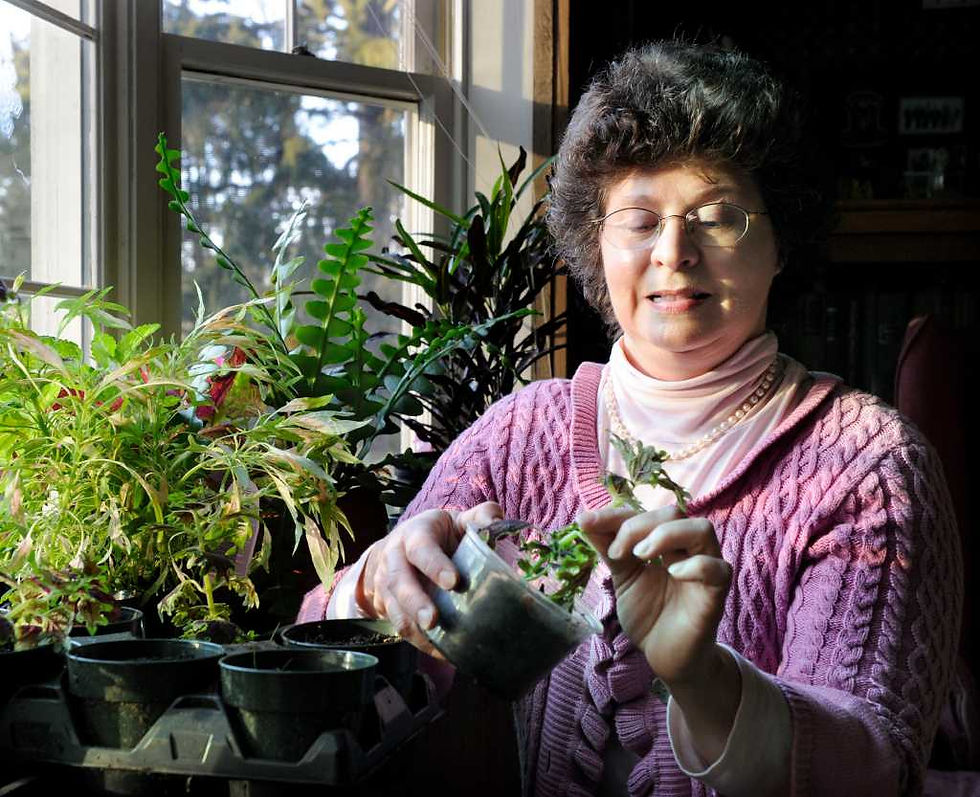
We are so pleased to announce that the Frontenac Museum is now listed on the NY Registry of Historic Places! Our application for National Registry Status will now be automatically submitted for consideration by the National Parks Service for inclusion on the National Registry.
Historic Society & Museum in Union Springs. Kevin Rivoli, The Citizen
Special recognition must go to Marge Gibbs, who recently passed on October 7, 2024. Attached to the donation of the property on which the museum is located, George and Augustus Howland required that any future transfer of the property required the approval of Howland heirs. Tracing these heirs was a daunting task! Marge worked diligently to trace the 87 Howland heirs who all eventually signed off on the transfer. Sadly Marge is not with us in person today to celebrate this accomplishment. Her vision and recognition of the significance of our historic property cannot be forgotten.
The article below was published in The Citizen on December 6, 2024.
NY board nominates historic Cayuga County church for national designation
by Kevin Harding
A state board has recommended adding a Cayuga County church to the National Register for Historic Places.
The First Presbyterian Church of Springport, which houses the Frontenac Historical Society and Museum in Union Springs, has been added to the state register and nominated for the national designation. The submission will be reviewed by the National Park Service. The designation is significant because the church will be eligible for federal historic rehabilitation tax credits and state grants.
According to the state Office of Parks, Recreation and Historic Preservation, the church features a Greek Revival sanctuary that was designed by John Hagaman, a local architect, and built by Farrand Kitchell in 1840. The church was used from its construction until 1968.
The parks office added that the building "has seen little alteration, retains most of its original fabric and historic context in the community, and is therefore a notably intact example of a rural Greek Revival church from the period."
The Frontenac Historical Society and Museum, which was established in 1974, moved into the church in 1994.
The state Board of Historic Preservation nominated 14 sites for the national designation. Two, including the Union Springs church, are in central New York. The other is the Westcott-University Neighborhood Historic District in Syracuse. The residential area has several homes that were built in the late 1800s and early 1900s.
The state and national registers of historic places recognize "buildings, structures, districts, landscapes, objects and sites significant in the history, architecture, archaeology and culture of New York state and the nation," according to the state Office of Parks, Recreation and Historic Preservation.
New York has more than 126,000 properties listed in the National Register of Historic Places.

The auditorium at the Frontenac Historical Society & Museum in Union Springs. Kevin Rivoli, The Citizen


